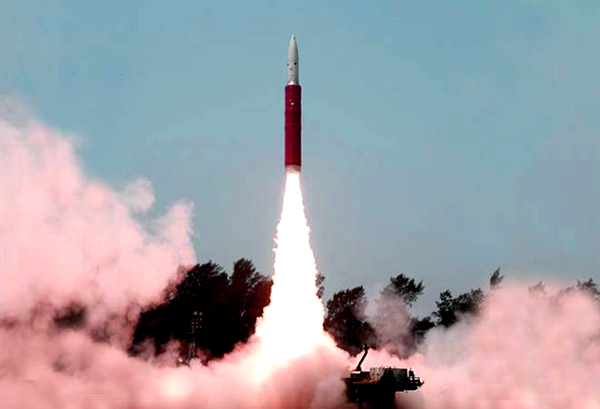New Delhi (Sputnik): Due to the unavailability of a reliable model to predict the electron density of the ionosphere, navigation errors remain, creating technological hurdles. A new model developed by Indian researchers has potential applications in calculating these Global Navigation Satellite System (GNSS) positioning errors.
In a major development that could have a wider impact, ranging from accurate aiming on enemy targets to scientific research in space weather, scientists from the Indian Institute of Geomagnetism (IIG), have developed a global model to predict ionospheric electron density with larger data coverage. The ionosphere is a major source of error in GPS/GNSS-based positioning and navigation networks.
“Better ionospheric modeling will yield better accuracy of positioning in satellite based navigation. The current ionospheric model accuracy is significantly better compared to other ionospheric models used in single frequency GPS users,” said Dr. S. Tulasiram from IIG, one of the two primary researchers, to Sputnik.
Named as an ‘Artificial Neural Networks-based global Ionospheric Model’ (ANNIM), the development uses long-term ionospheric observations to predict electron density and peak parameters of the ionised part of the Earth’s upper atmosphere, between 46-621 miles above the surface. The model successfully reproduced large-scale anomalies in the ionosphere caused by solar and cosmic radiation.
“This model can be applied for all kinds of GNSS based positioning, aviation and navigation applications,” Tulasiram noted, when asked whether this model will be beneficial for armed forces in aiming at enemy targets.
The development is crucial for armed forces as, over the past few years, Indian armed forces have, like all militaries, sought pinpoint accuracy to minimise collateral damage in targeting enemy positions.
Although several fighter jet and other missile systems have been fitted with highly-accurate navigation systems, few weapons in service can yet take advantage of this model.
It was noted that the model can also be used for scientific investigations into space weather.
Scientists have previously modeled the ionosphere using theoretical and empirical techniques, but an accurate prediction of electron density remains the holy grail for precise positioning.
ANNIM replicates the processes the human brain uses to solve problems including pattern recognition, classification, clustering, generalization, linear and nonlinear data fitting, and time-series predictions. Very few attempts have been made to model global ionosphere variability using ANNIMs.
“The model can minimize positioning errors in navigation. It may not be possible to eliminate the errors completely,” Tulasiram emphasised.
Source: Sputnik
You may also like
-
IAF Aircraft Set Course For Exercise Eastern Bridge VII At Oman
-
IAF Set To Host The Indian Defence Aviation Exposition-II At Jodhpur
-
Defence Secretary to co-chair 5th India-Philippines Joint Defence Cooperation Committee meeting in Manila
-
Simultaneous Launch Of ‘malpe And Mulki’, Fourth And Fifth Ships Of Asw Swc (Csl) Project
-
Aatmanirbharta in Defence: MoD signs Contract with HAL for 240 AL-31FP Aero Engines for Su-30MKI Aircraft
